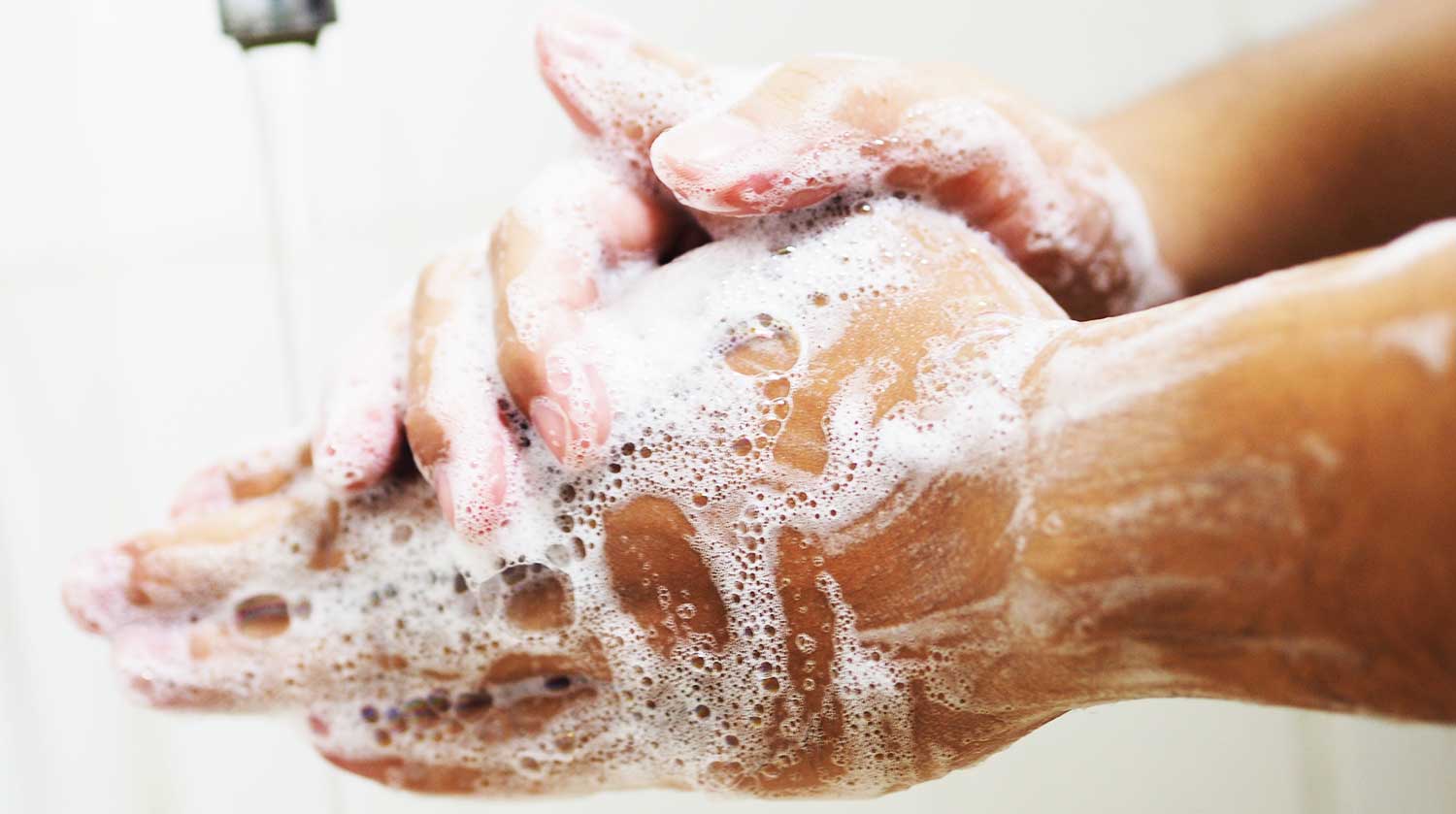Frequently Asked Questions
What is COVID-19?
Coronavirus are in the same virus family as the common cold, typically causing mild symptoms. The new strain of coronavirus, COVID-19 was first reported in Wuhan, China. The symptoms are similar to the flu. People with COVID-19 have had a wide range of symptoms reported – ranging from mild symptoms to severe illness. Symptoms may appear 2-14 days after exposure to the virus. Anyone can have mild to severe symptoms. People with these symptoms may have COVID-19:

- Fever or chills
- Cough
- Shortness of breath or difficulty breathing
- Fatigue
- Muscle or body aches
- Headache
- New loss of taste or smell
- Sore throat
- Congestion or runny nose
- Nausea or vomiting
- Diarrhea
This list does not include all possible symptoms. CDC will continue to update this list as we learn more about COVID-19. Older adults and people who have severe underlying medical conditions like heart or lung disease or diabetes seem to be at higher risk for developing more serious complications from COVID-19 illness.
The CDC has general COVID-19 information available on their website, including a fact sheet on COVID vaccination.
The California Department of Public Health also offers COVID-related information on their website.
For COVID information specific to Alameda County, go to the Alameda County Health Care Services Agency website.
For more information about the COVID-19, visit the CDC and the California Department of Public Health websites.
How is St. Rose Hospital protecting patients and caregivers?
Your safety is our priority. So much has changed in recent months. For us, this means a new landscape in how we deliver care, but with the same commitment to your health that we’ve always had. Learn about the steps we’re taking to protect your health and ours.
- SCREENING. We conduct routine coronavirus symptom screening on patients, visitors and employees.
- MASKING. Our facilities have adopted policies that align with recommendations from the Centers for Disease Control and Prevention. California Department of Public Health, and local health departments.
- DISTANCING. We’re taking steps to ensure the appropriate distance between you and other patients, visitors and staff.
- SANITIZING. Our staff is regularly cleaning waiting areas and exam rooms in between visits, and hand sanitizer stations are located throughout our facilities.
- SEPARATING. COVID-19 patients, as well as those caring for them, are safely segregated from the rest of the population.
- VISITORS. We may limit people coming into our facilities to those deemed essential. This helps maintain appropriate physical distancing and reduces the spread of germs. We follow the guidelines as directed by public health authorities.
- CRISIS CARE GUIDELINES. As the number of patients diagnosed with COVID-19 continues to increase, the California Department of Public Health (CDPH) has directed each hospital to formally adopt a set of guidelines for how care will be managed in this time of crisis. St Rose Hospital has adopted the California SARS-CoV-2 Pandemic Crisis Care Guidelines to help us plan for surge operations and crisis care.
What should I do if I think I might have COVID-19?
When you or your loved ones are sick—stay home from work and school to prevent infecting others. If you are concerned about having COVID-19, please contact your doctor or local health department for advice before scheduling an appointment. Unless you have an emergency, please do not show up at the Emergency Department without first contacting your doctor or caregiver if you are concerned that you may have COVID-19.
Try the CDC Coronavirus Self-Checker by clicking here and then clicking on the “Coronavirus Self-Checker” button.
What are St. Rose Hospital’s visitor restrictions?
Temporary Visitor Restrictions
Visiting hours are 10 am to 2 pm and 4 pm to 8 pm daily for specific departments and may be restricted at any time. St. Rose Hospital understands the importance that visitors play in the mental well-being and recovery of patients; therefore, St. Rose Hospital has instituted cautious visitor restrictions as supported by the California Department of Public Health (CDPH) effective on February 14, 2022.
All visitors/support persons must enter/exit through the Emergency Department entrance and will be screened upon arrival and checked out upon departure. Visitors/support persons must wear the proper face-covering upon entry and at all times within the facility. Prior to entering, visitors/support persons will be screened prior for COVID-19 symptoms and not be suspected or recently confirmed positive. All visitors entering the hospital are required to show proof of COVID-19 vaccination or a negative COVID-19 test within 72 hours of their visit.
Visitors/support person must stay in the patient’s room when visiting, comply with personal protective measures at all times, maintain physical distancing (6 feet) from healthcare providers and other visitors when not from the same household. Children under the age of 16 will not be allowed without prior approval by Administration.
When and where can I get the COVID-19 Vaccine?
To get the latest COVID-19 vaccine information, please visit Alameda County’s COVID-19 Vaccination Guidance and Resource website or call 510-268-2101.
What do I need to know about clean hands? Is it really that important?
YES! Clean your hands often using soap and water or an alcohol-based hand sanitizer. Use soap and water especially when hands are visibly soiled. For caregivers and the community, this is one of the best ways to prevent the spread of germs. Remember to clean the ‘webs’ between fingers and thumbs. Don’t have access to soap and water? Use alcohol-based hand sanitizers. Avoid touching your face, particularly your eyes or nose or mouth, with unclean hands. This is easier said than done. Practice now!
How do I tell if my child has a cold, flu or something more serious?
Many of us and our loved ones have runny noses, coughs and sneezes these days. Almost everyone with these symptoms will ultimately have the flu, a cold, or even bad allergies. If you have specific questions, contact your clinician or the CDC for excelling guidance.
Try the CDC Coronavirus Self-Checker by clicking here and then clicking on the “Coronavirus Self-Checker” button.
